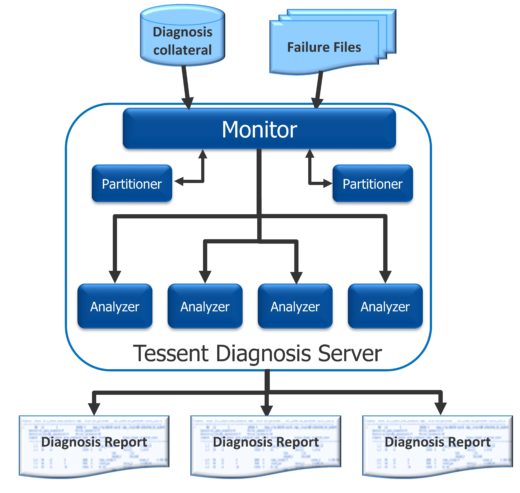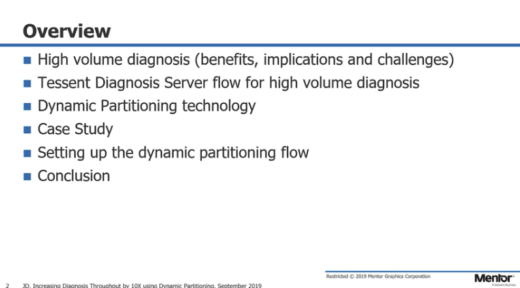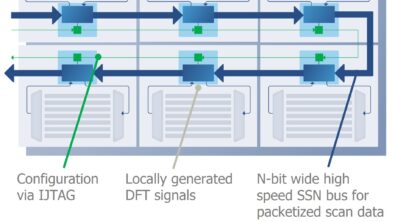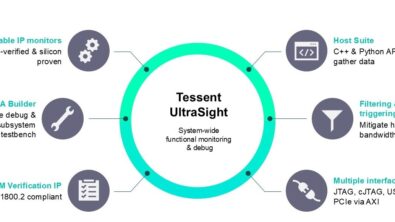Video tutorial: How to Increase Volume Scan Diagnosis Throughput by 10X
Performing volume scan diagnosis on today’s large, advanced node designs puts outsized demands on turn-around-time and compute resources. Mentor offers a new technology to maximize diagnosis throughput while performing ever more demanding scan diagnosis.
The technology, built into Tessent Diagnosis, is called dynamic partitioning. It works by first analyzing a fail log and then creating a partition that contains only the parts of the design that are relevant to that fail log. This partition serves as a new, smaller netlist that is used to perform the diagnosis.
Technical Product Manager for Tessent Diagnosis, Jayant D’Souza covers the what’s and why’s of volume scan diagnosis, the Tessent Diagnosis Server flow, and dynamic partitioning in a recent tutorial. He presents a couple of case studies, and goes through the steps of setting up a dynamic partitioning flow.
Volume scan diagnosis generates large amounts of data from failing test cycles. The data is used for several purposes:
- To increase the success rate of physical failure analysis (PFA)
- To reduce PFA cycle time
- To find hidden systematics to improve yield
- To continuously monitor failing wafers and lots across the entire yield ramp cycle to help automate process and design decisions
Traditional volume scan diagnosis takes full design netlists as the input and requires many parallel simulation runs, but each run requires a similar memory resource. For a large design, you would need several large memory machines to perform parallel runs. You might have 20 machines, but only one is big enough to handle the job and the rest sit idle.
The design size can be reduced dynamically. For a failing die, there are some patterns that fail, others that pass. Failing patterns activate the defect location, so only the part of the design containing the failing pattern might be needed.
Fail logs from the tester are analyzed by the Tessent Diagnosis Server, which works on your compute grid to both analyze and distribute the diagnosis processes. The server partitions the fail log files into smaller files containing just the information needed to find the defect, with a size cap of 20% of the full design size. The Tessent Diagnosis Server also includes analyzers that perform the actual diagnosis on the partitions and a monitor that coordinates between the partitioners and analyzers and intelligently distributes the diagnosis processes.

Using the multiple smaller input files with just the relevant fail log data means that more processes (an unlimited number, actually) can be run in parallel, using a wider range of CPUs, and getting results faster and more efficiently than ever.
Dynamic partitioning was created to address hardware resource limitations by greatly reducing the memory footprint of the diagnosis process performed by the analyzers. Typically, the dynamic partitioning leads to a 5X reduction in memory and a runtime reduction of 50% per diagnosis report.
This dynamic partitioning technology makes a larger volume of scan diagnosis results available much faster, increasing the overall throughput of failure diagnosis by 10X. For existing Tessent Diagnosis users, setting up the dynamic partitioning flow is extremely easy. The benefits of dynamic partitioning include:
- Greatly improves diagnosis throughput
- Reduces hardware resource requirements
- Enables for volume diagnosis and statistical yield analysis
- Automates the process through the Tessent Diagnosis Server
Saving time and compute resources during volume scan diagnosis can confer a competitive advantage by reducing turn-around-time, equipment costs, and improving yield faster.
To see this technique in action, watch the tutorial by D’Souza here




